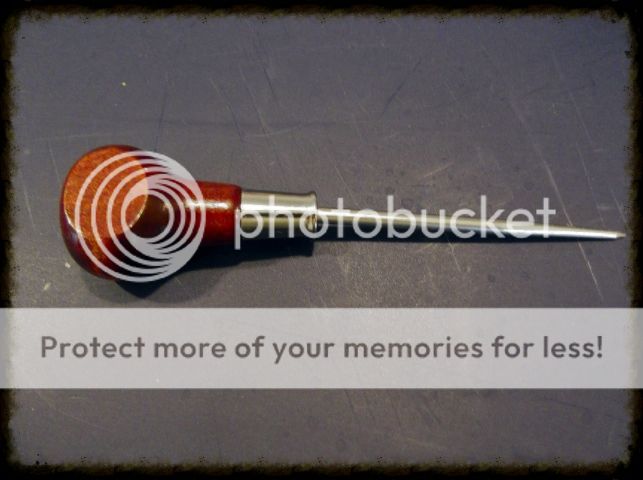Unfathomable Bastid
Full Fledged Farker
Hey Brethren:
Aaron Franklin (Franklin's BBQ) makes me crazy. Everything he does, both in his video series and on BBQ Pitmasters, is by feel and experience. There's very little science to his BBQ -- which I suspect is why he's so awesome. Which is also why I'm not.
Anyway, checkout his brisket payoff video when he "decides" to take it off the cooker. Skip to the 5:30 mark to see what I'm talking about:
[ame]http://youtu.be/sMIlyzRFUjU[/ame]
Since I've been working on my brisket, I have yet to have one come off the smoker looking so soft and pliable as Franklin shows in this video. I am either over-cooking it, or severely under cooking it since my brisket have a significantly firmer tone than his. And since I never seem to probe the flat like butter between temps of 195 and 210, I'm not sure what he's doing that I'm not.
So what say you, my brisket brethren? What the heck is he doing that I'm not???
-Bastid
Aaron Franklin (Franklin's BBQ) makes me crazy. Everything he does, both in his video series and on BBQ Pitmasters, is by feel and experience. There's very little science to his BBQ -- which I suspect is why he's so awesome. Which is also why I'm not.
Anyway, checkout his brisket payoff video when he "decides" to take it off the cooker. Skip to the 5:30 mark to see what I'm talking about:
[ame]http://youtu.be/sMIlyzRFUjU[/ame]
Since I've been working on my brisket, I have yet to have one come off the smoker looking so soft and pliable as Franklin shows in this video. I am either over-cooking it, or severely under cooking it since my brisket have a significantly firmer tone than his. And since I never seem to probe the flat like butter between temps of 195 and 210, I'm not sure what he's doing that I'm not.
So what say you, my brisket brethren? What the heck is he doing that I'm not???
-Bastid

